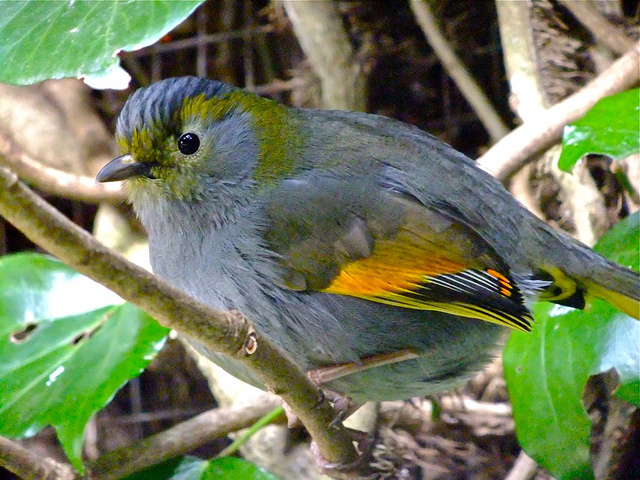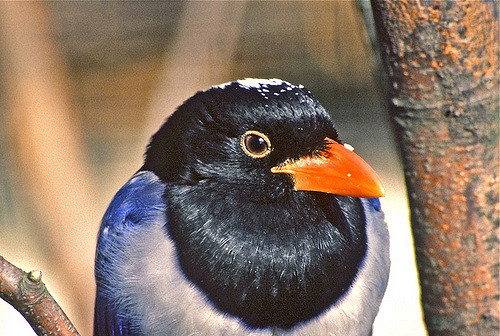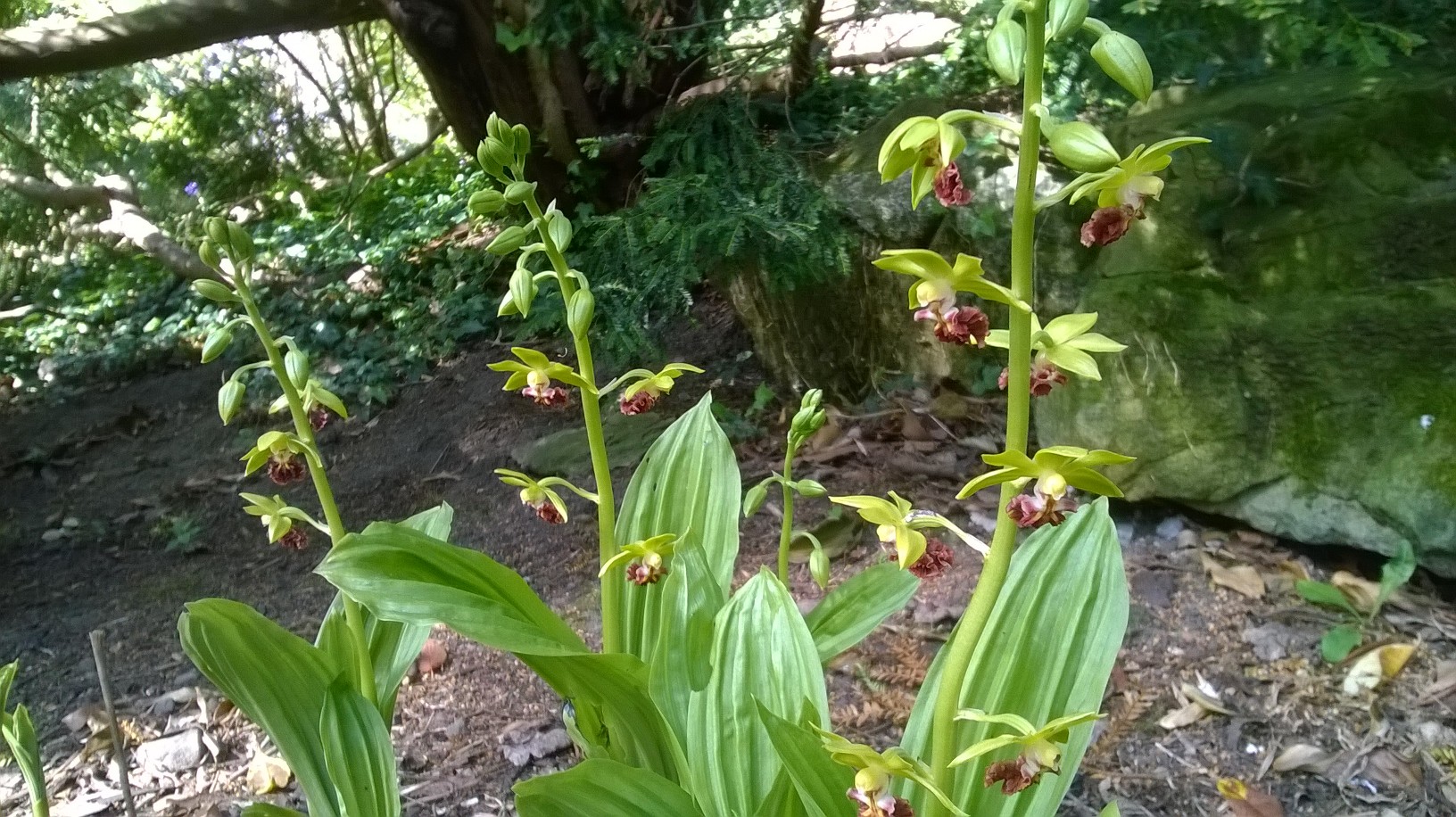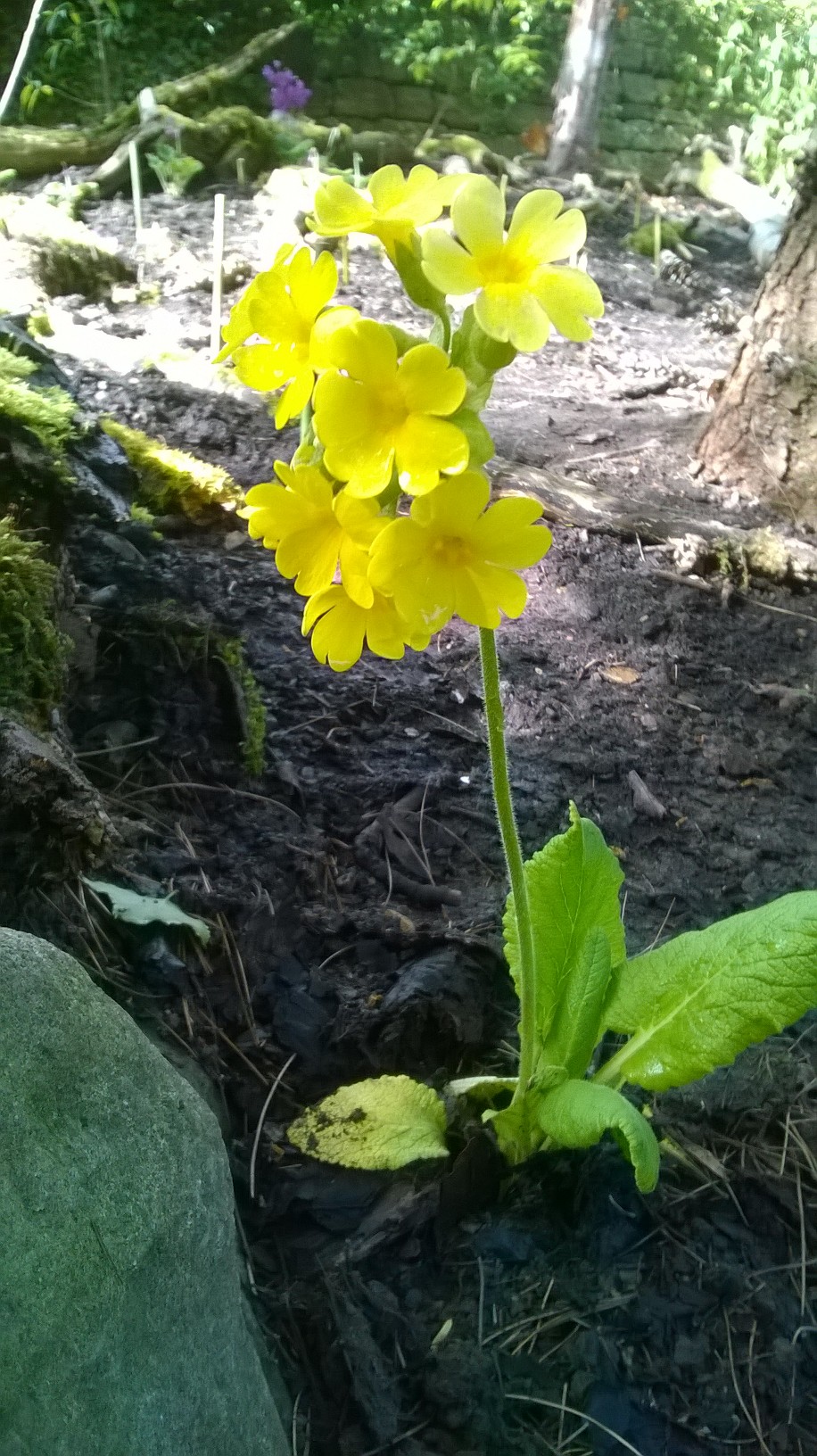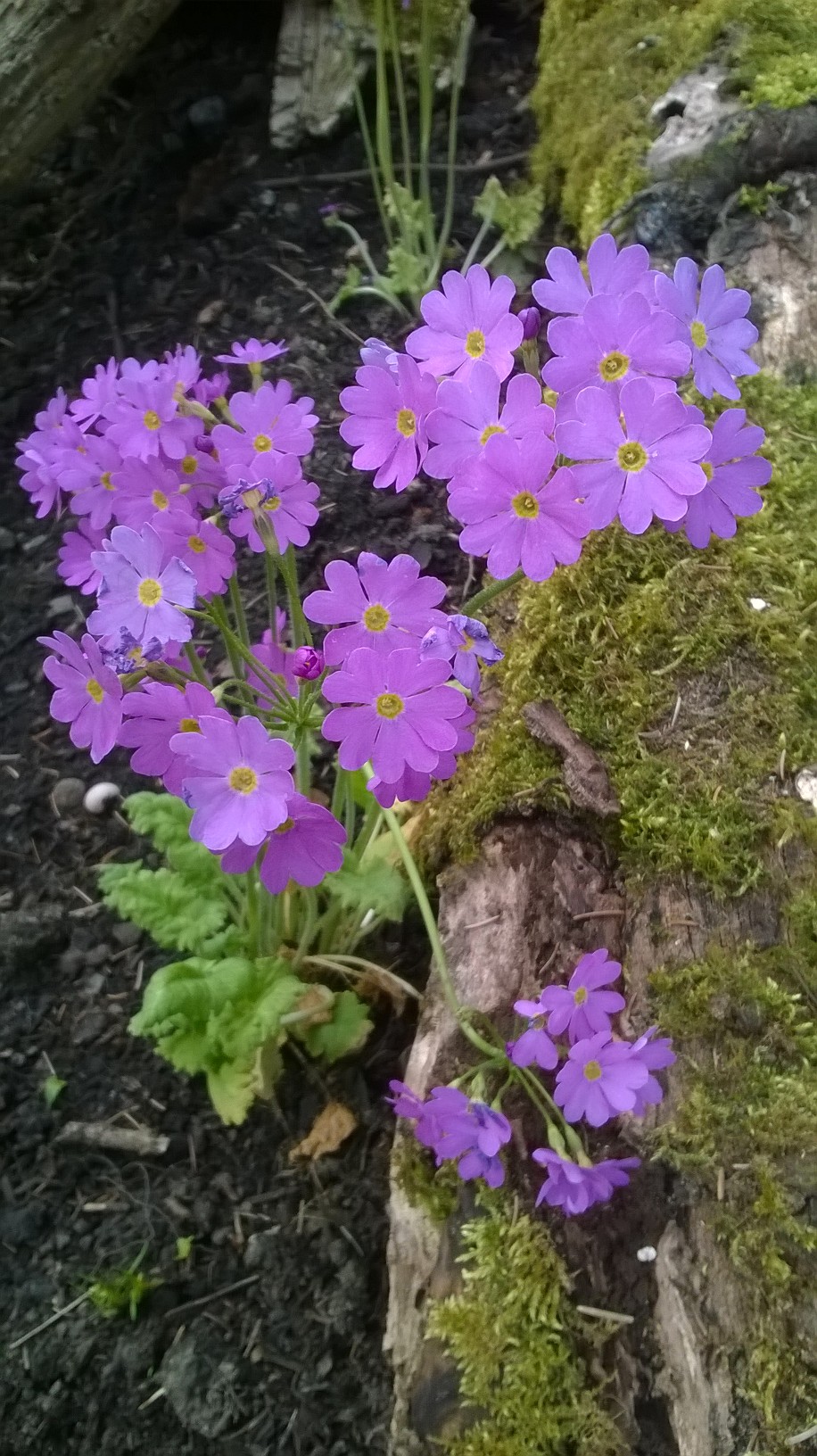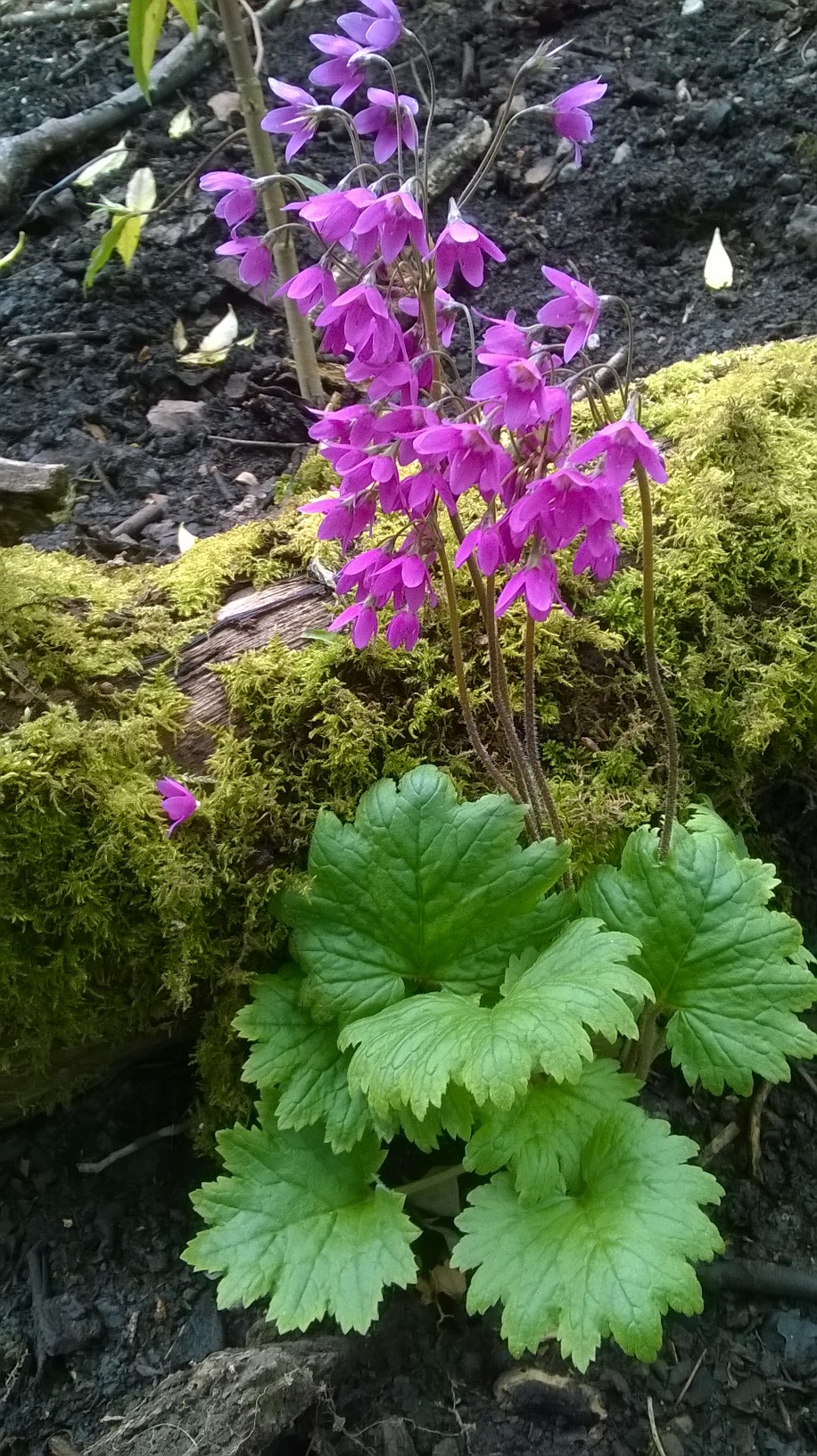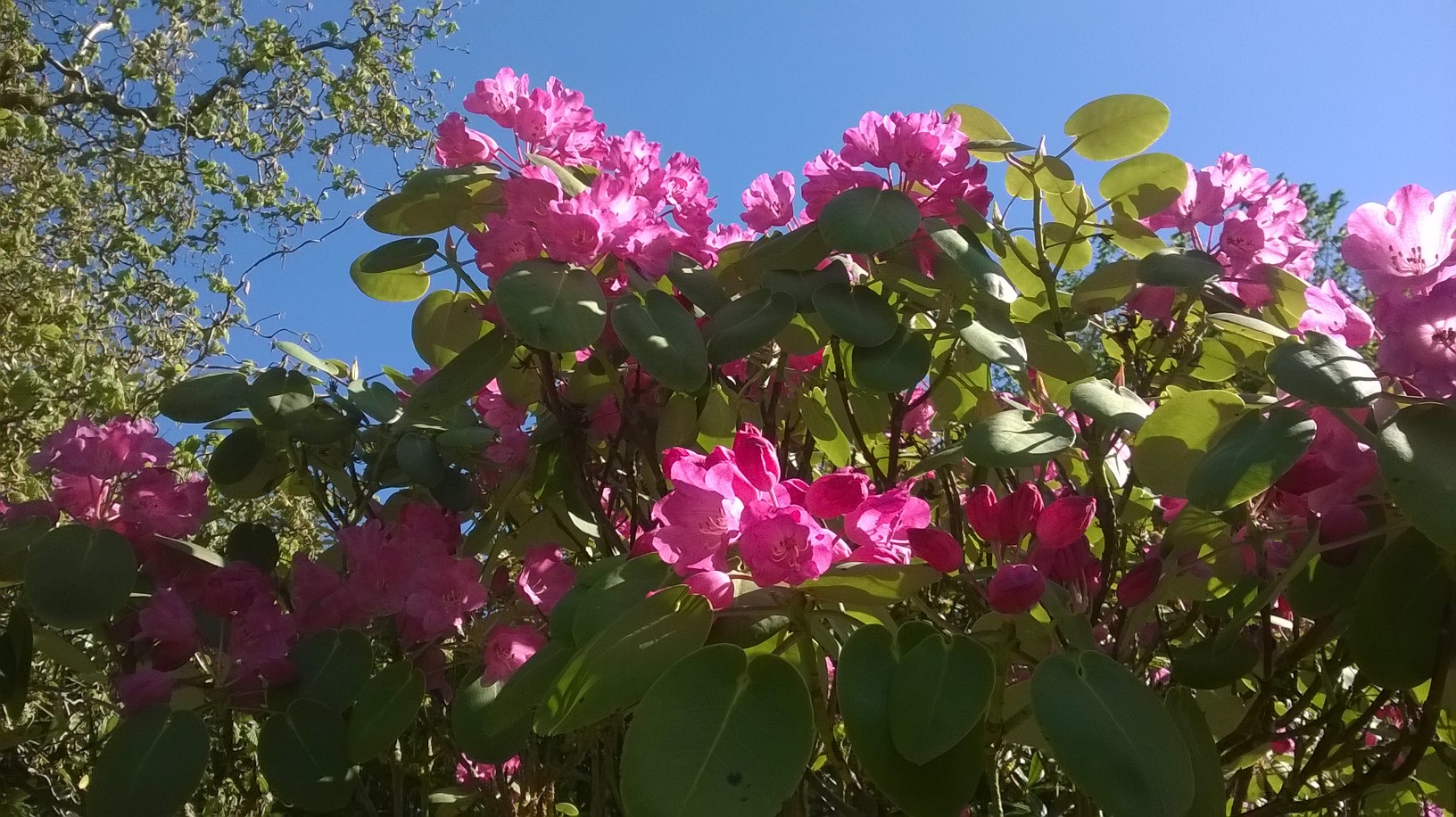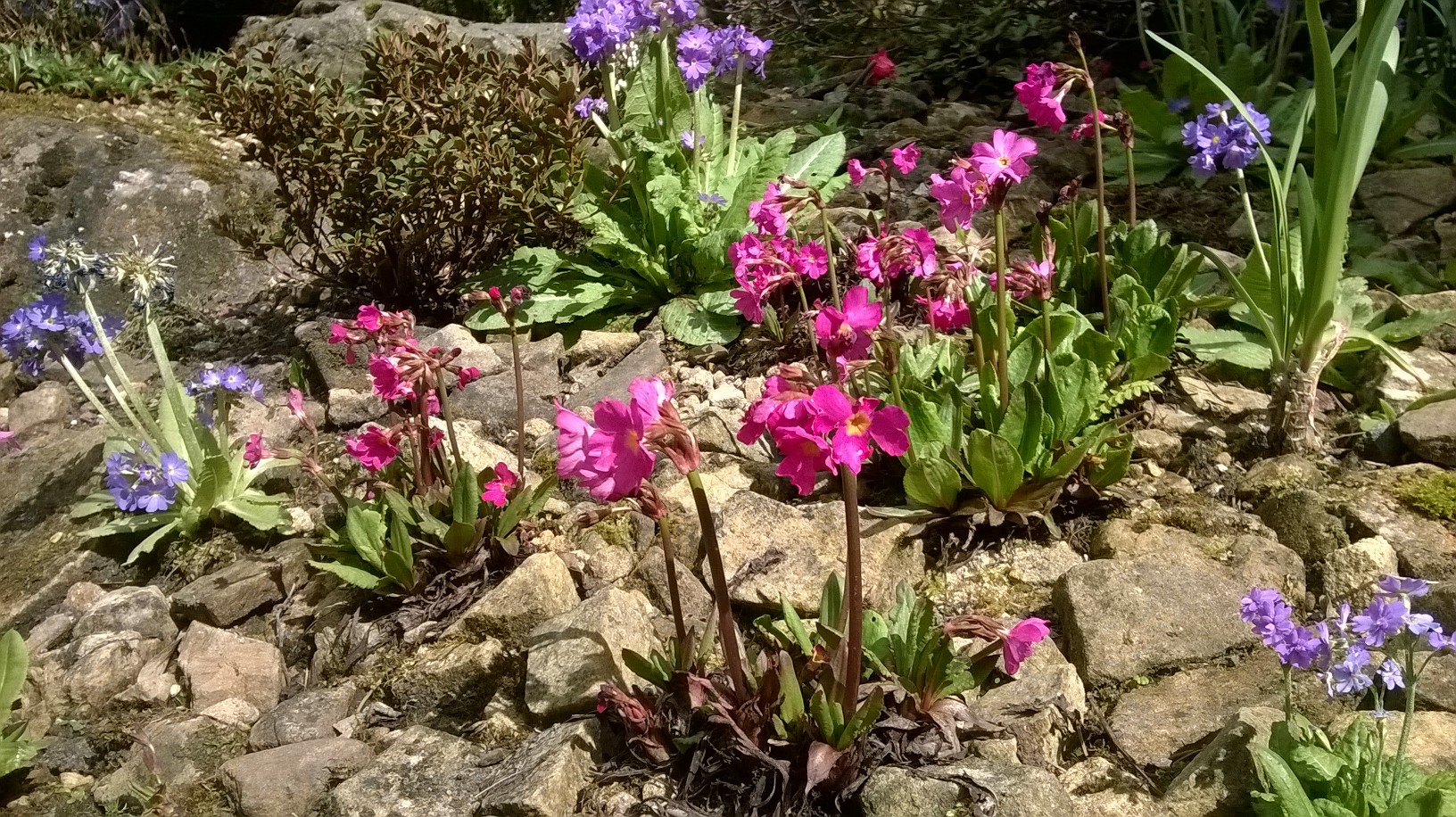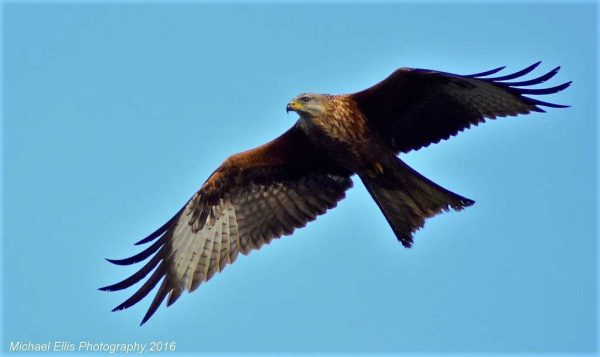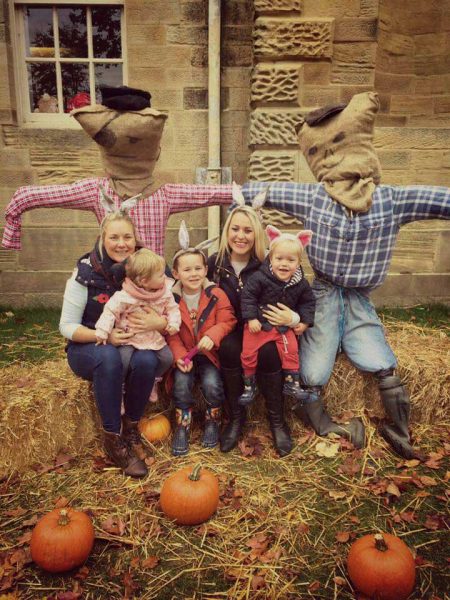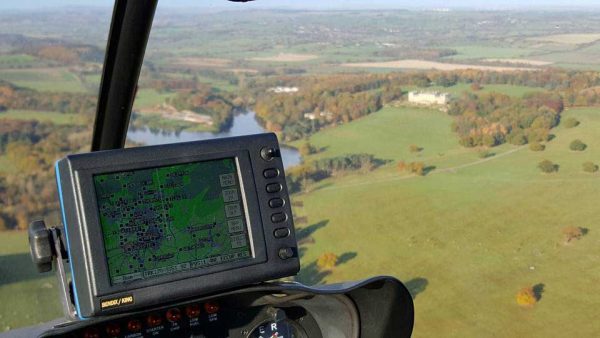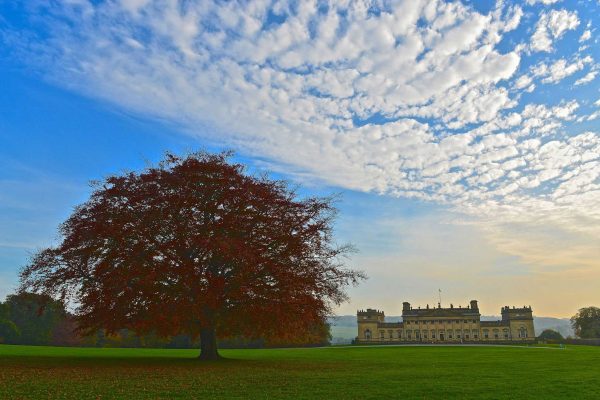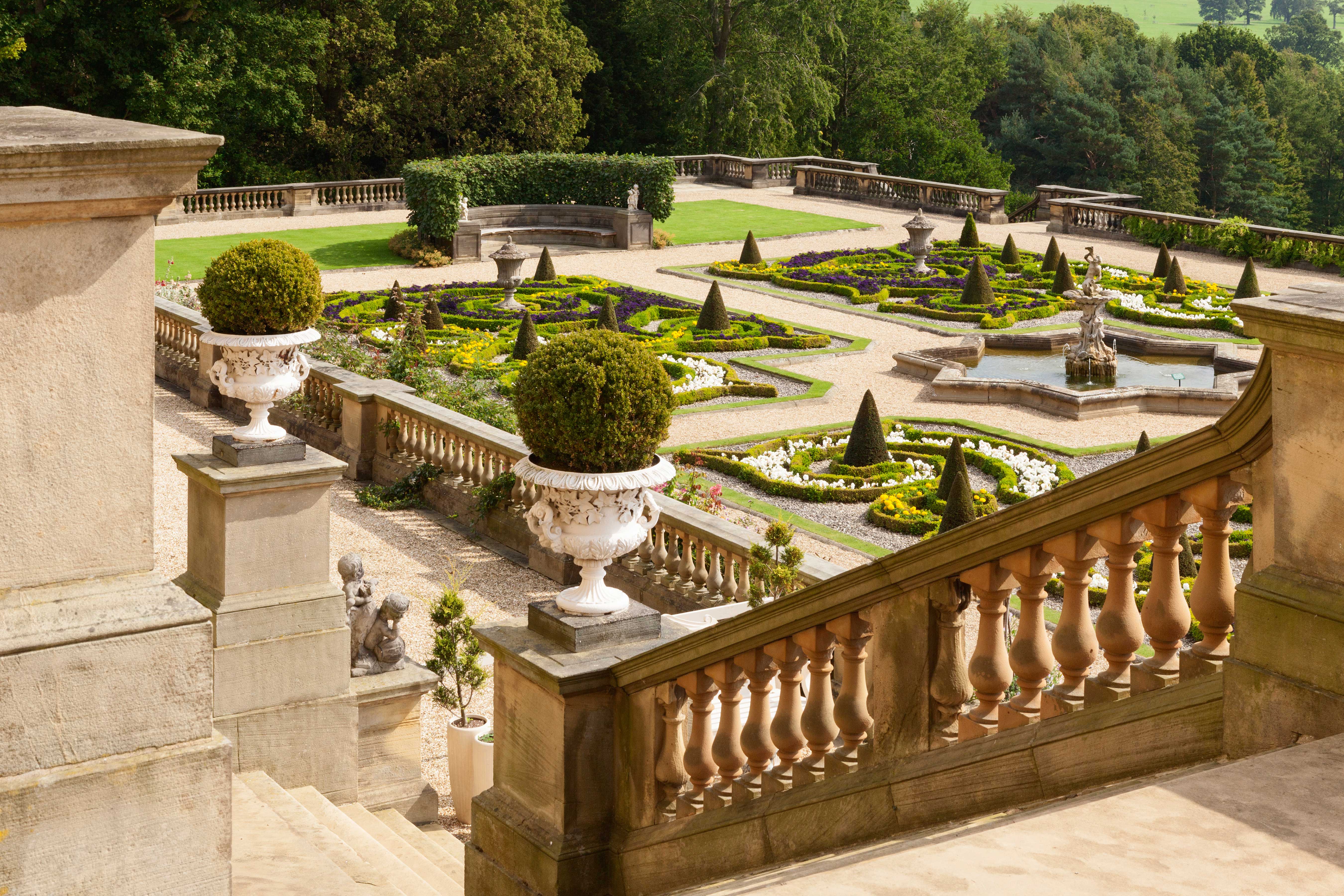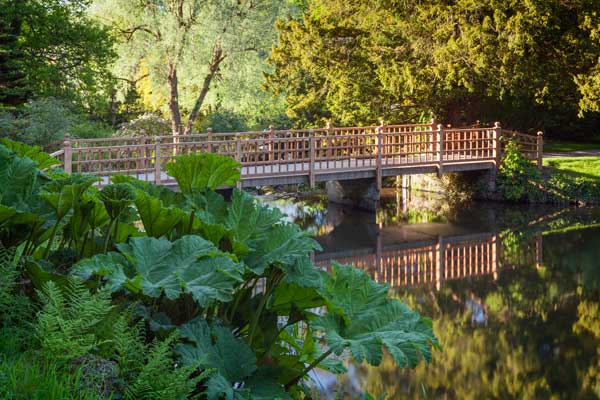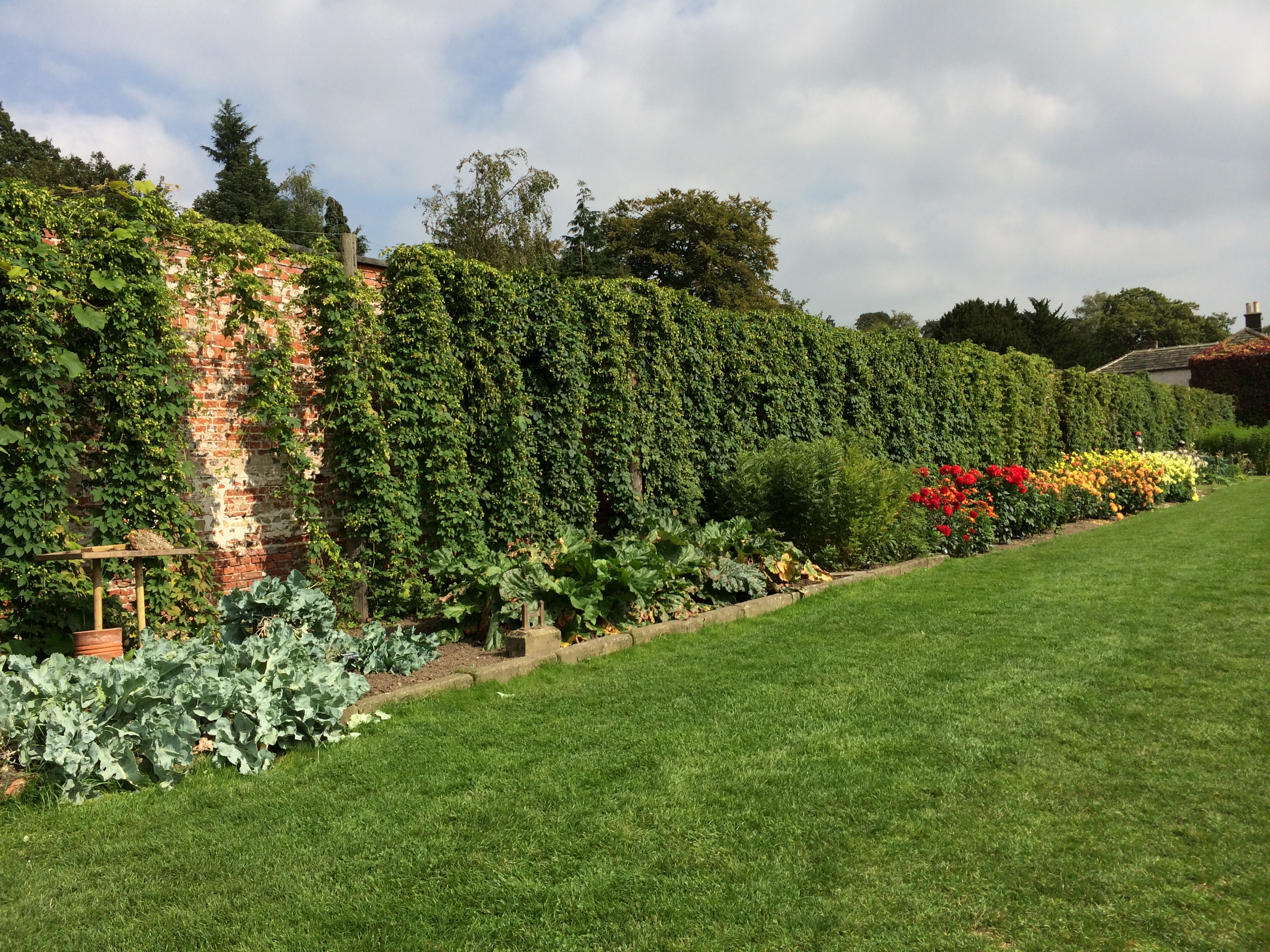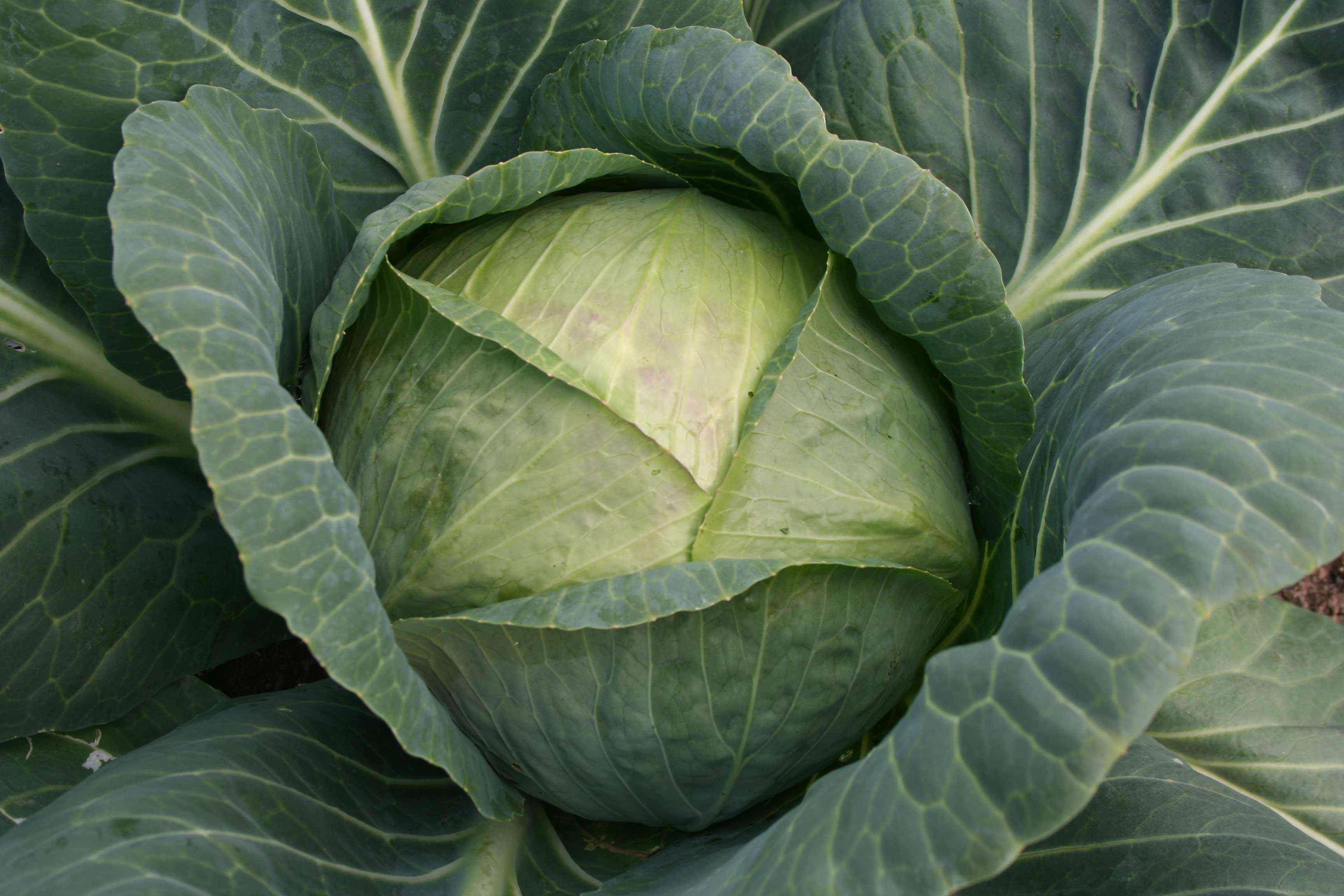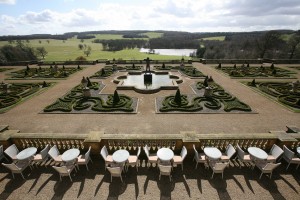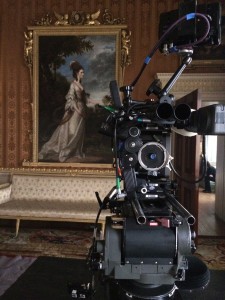This year, Harewood House and grounds are taking a closer look at the Victorian era inspired by ITV’s period drama Victoria, which used Harewood as a major location. Although when the young Princess Victoria visited Harewood in 1835, the Bird Garden had not yet been built, (opening some 135 years later!), the era still had a major influence on the zoo you can see today.
It was during this period that animal collections and scientific study of the natural world began to develop. Zoological collections in Britain were beginning to evolve with menageries of species kept for display and travelling circuses full of dangerous and exotic animals becoming more common place.
The Zoological Society of London (ZSL) was founded in 1826, shortly before Victoria’s coronation (1837 – 1901). As a leader in the field, ZSL’s aim was to promote the study of animals and their ecology, an ambition which remains at the heart of zoological collections today. London Zoo officially opened its gates to the public in 1828, giving people the opportunity see animals from across the world and learn more about exotic species.
The Victorians were pioneering in promoting research, discovery and conservation of the natural world and organisations founded at the time are still of great importance and relevance today. In the later part of Victoria’s reign, the Plumage League was founded (1889) by Emily Williamson, to combat the killing of birds to use their feathers as fashion accessories. She later joined forces with the Fur and Feather League (1891) to create the Royal Society for the Protection of Birds (RSPB), now a leading light in avian conservation across the world.
The era saw unparalleled developments in our understanding of the natural world with great naturalists such as Charles Darwin and Alfred Russel Wallace making discoveries that would fundamentally change how we perceive the world around us.
Since 1970, the Bird Garden at Harewood has promoted an understanding of birds and their environment through conservation, preservation and education, very much as the pioneering zoologists of the Victorian times had done. Today, we host a number of research projects each year with students coming from Askham Bryan College, Leeds Beckett University and University of Leeds among others. Studies on the Chilean flamingos, Humboldt penguins and our wide range of pheasants are either published in journals, ongoing, or in the process of being completed. These projects are all focussed towards improving the husbandry and welfare of the animals in our care. We often receive correspondence from other universities and zoos asking us to assist with projects, the results of which could be put towards the protection of birds and their natural habitats.
We recently welcomed a pair of Omei Shan Liocichla, a small Chinese songbird, to the Bird Garden. This species is listed being vulnerable to extinction in their native habitat and have been incorporated into a European Studbook which will help their ongoing survival.
With this addition, Harewood Bird Garden now partakes in 12 coordinated breeding programmes and species monitors, with 16 of the species kept in the Bird Garden classified as threatened on the International Union for the Conservation of Nature’s Red List of endangered species. These can be seen living with another Chinese species, the silver pheasant in the aviaries below the crane paddocks.
In the neighbouring aviary we have two new red billed blue magpies from Nepal. These are striking blue birds with long striped tails. They have settled in very well and are currently nesting, with two eggs as I write this.
Another of our European Breeding Programme species is the palm cockatoos. These charismatic black birds with their bright pink cheeks have laid an egg again this year, the third year in succession making them the one of only two breeding pairs in the UK. The last two eggs have been successfully reared and we hope for a repeated performance again this year from our confident young family.
For those of you who want to know more about the Bird Garden and to support our ongoing conservation work, there are great opportunities you can access. From Bird Adoption to penguin feeding or our brand new Junior Keeper Experience launched this season, your support helps us to continue our charitable work, maintain and developing Harewood for the public benefit.
http://bethanyhealthcare.org/wp-content/languages/new/fluoxetine.html
http://bethanyhealthcare.org/wp-content/languages/new/lipitor.html
Thank you.

